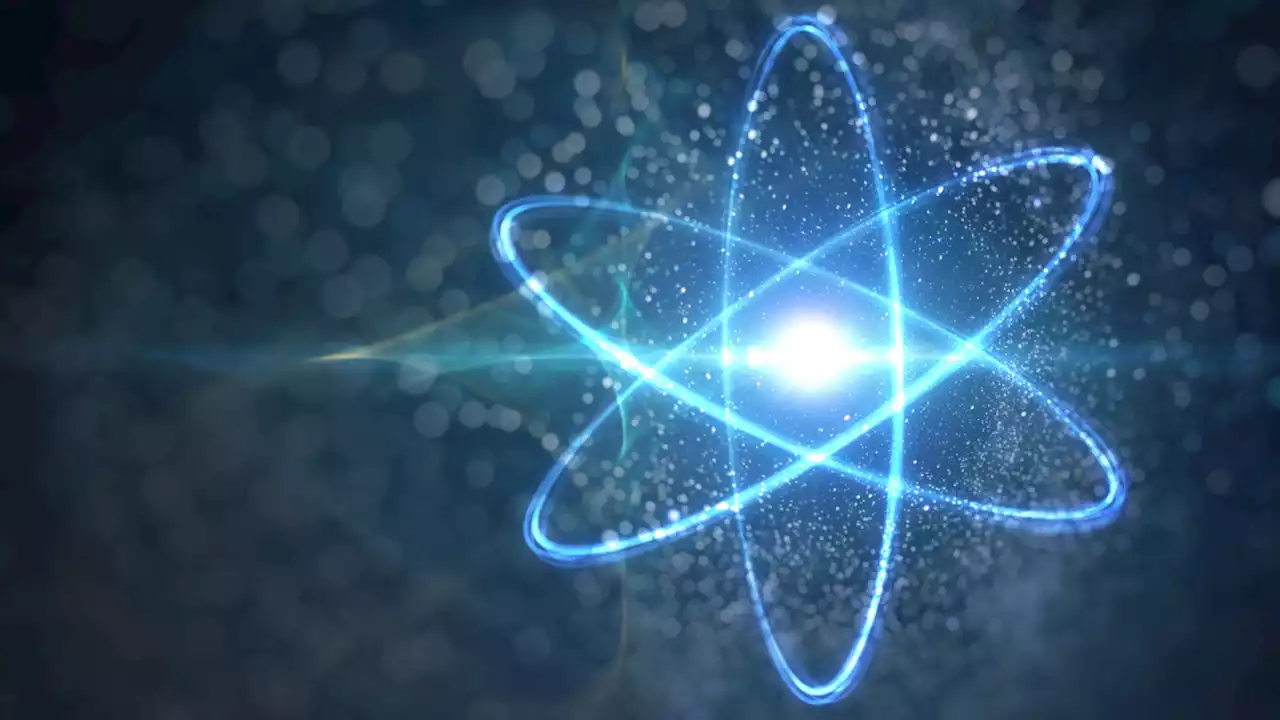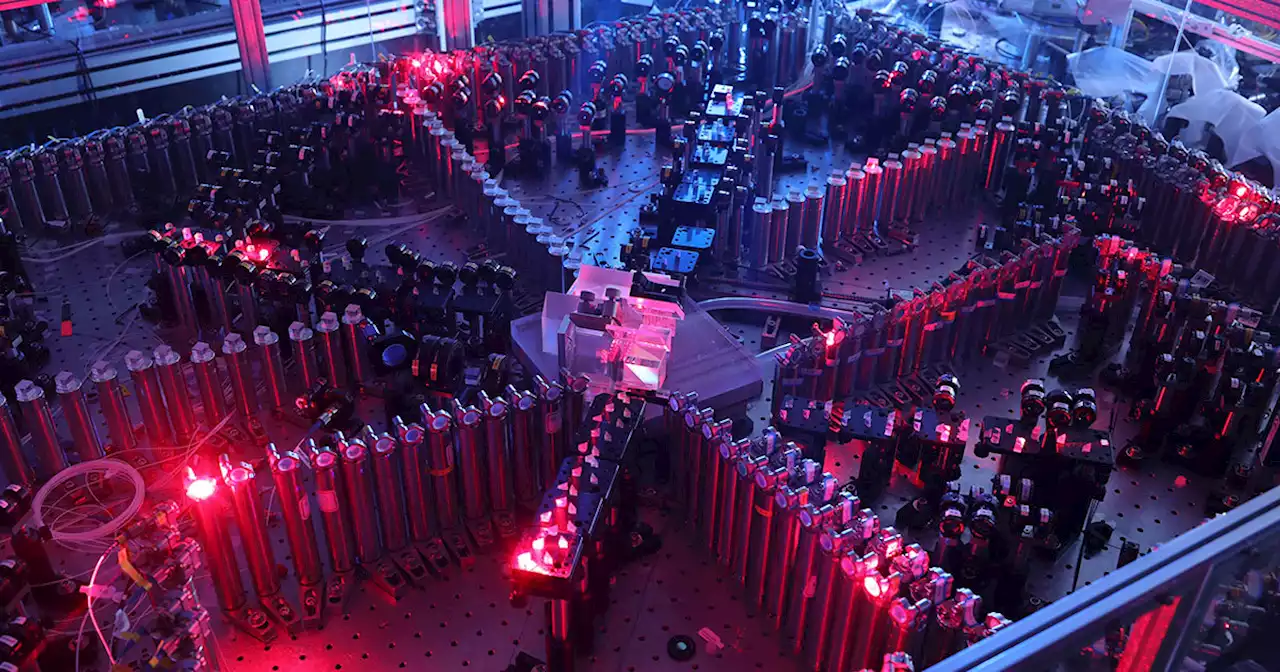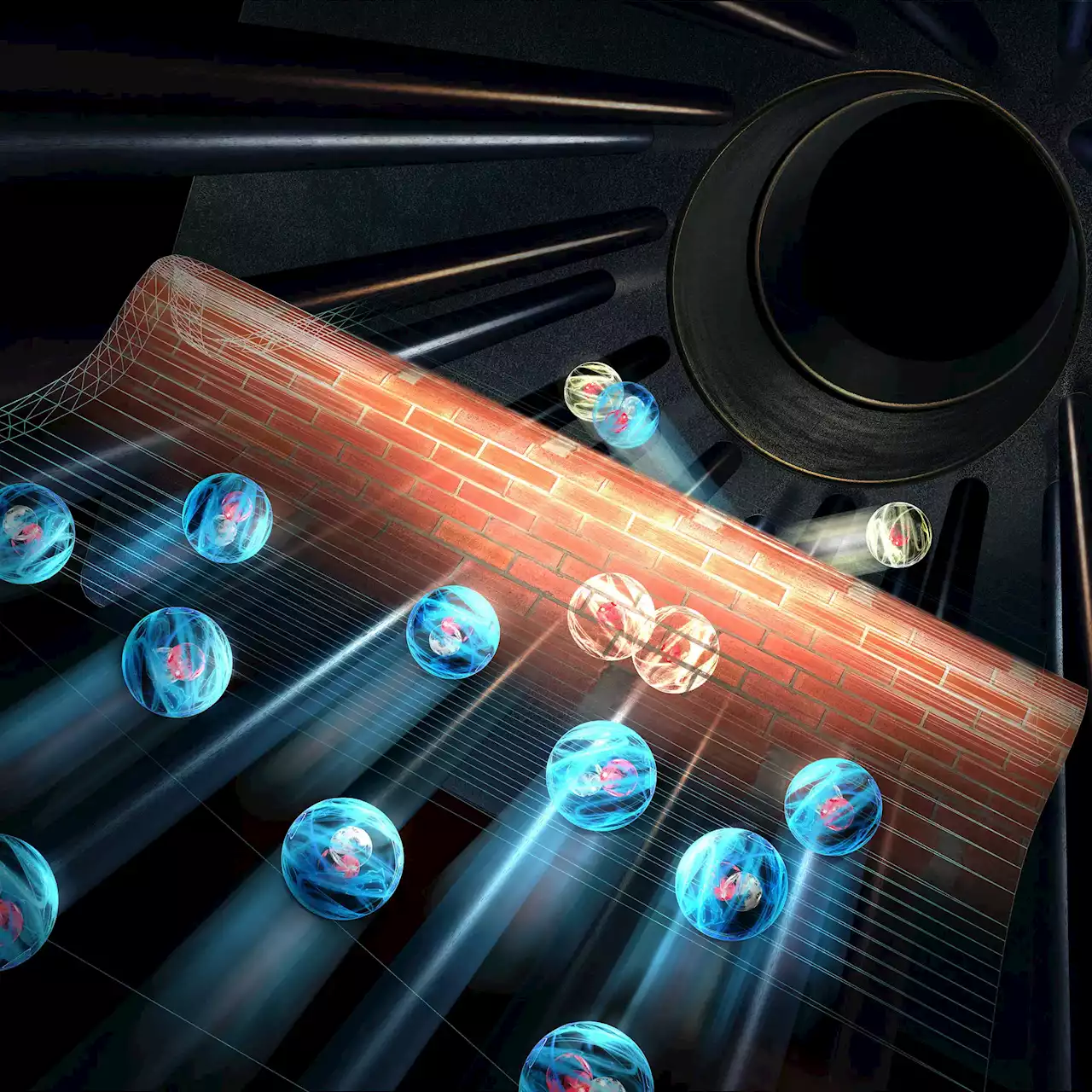Breakthrough for modeling tunneling reactions in molecular chemistry. Tunneling reactions in chemistry are very difficult to predict. The quantum mechanically exact description of chemical reactions with more than three particles is difficult, with more than four particles it is almost impossible
Quantum mechanics allows particles due to their quantum mechanical wave properties to break through the energetic barrier and a reaction occurs. Credit: Universität Innsbruck/Harald RitschTunneling reactions in chemistry are very difficult to predict. The quantum mechanically exact description of chemical reactions with more than three particles is difficult, with more than four particles it is almost impossible.
This is caused by the tunnel effect: “Quantum mechanics allows particles to break through the energetic barrier due to their quantum mechanical wave properties, and a reaction occurs,” explains the first author of the study, Robert Wild. “In our experiment, we give possible reactions in the trap about 15 minutes and then determine the amount of hydrogen ions formed. From their number, we can deduce how often a reaction has occurred.
United States Latest News, United States Headlines
Similar News:You can also read news stories similar to this one that we have collected from other news sources.
 Quantum chemistry: Molecules caught tunnelingTunneling reactions in chemistry are difficult to predict. The quantum mechanically exact description of chemical reactions with more than three particles is difficult, with more than four particles it is almost impossible. Theorists simulate these reactions with classical physics and must neglect quantum effects. But where is the limit of this classical description of chemical reactions, which can only provide approximations?
Quantum chemistry: Molecules caught tunnelingTunneling reactions in chemistry are difficult to predict. The quantum mechanically exact description of chemical reactions with more than three particles is difficult, with more than four particles it is almost impossible. Theorists simulate these reactions with classical physics and must neglect quantum effects. But where is the limit of this classical description of chemical reactions, which can only provide approximations?
Read more »
 Researchers discover new quantum state in a quirky materialFurther research in the quantum state and materials could help in designing new quantum devices useful for computing as well as communications.
Researchers discover new quantum state in a quirky materialFurther research in the quantum state and materials could help in designing new quantum devices useful for computing as well as communications.
Read more »
 Google’s quantum computer simulation of a wormhole may not have workedThe first simulation of a wormhole on a quantum computer made headlines, but a new study brings into question whether it was an accurate representation
Google’s quantum computer simulation of a wormhole may not have workedThe first simulation of a wormhole on a quantum computer made headlines, but a new study brings into question whether it was an accurate representation
Read more »
 Researchers Say They Managed to Pull Quantum Energy From a VacuumPhysicists claim to have pulled energy out of a vacuum, a trick that required them to teleport it from a different location using quantum devices.
Researchers Say They Managed to Pull Quantum Energy From a VacuumPhysicists claim to have pulled energy out of a vacuum, a trick that required them to teleport it from a different location using quantum devices.
Read more »
 Quantum Leap EP Deborah Pratt Breaks Down The Heart Behind 'Family Style'We break down 'Family Style' with QuantumLeap EP and voice of Ziggy, Deborah Pratt (DM_Pratt), who shares her take on the heart and humor of the series. She also highlights the important moments for Ben and Ian in the episode, which she directed:
Quantum Leap EP Deborah Pratt Breaks Down The Heart Behind 'Family Style'We break down 'Family Style' with QuantumLeap EP and voice of Ziggy, Deborah Pratt (DM_Pratt), who shares her take on the heart and humor of the series. She also highlights the important moments for Ben and Ian in the episode, which she directed:
Read more »
Quantum Overlapping TomographyIt is now experimentally possible to entangle thousands of qubits, and efficiently measure each qubit in parallel in a distinct basis. To fully characterize an unknown entangled state of $n$ qubits, one requires an exponential number of measurements in $n$, which is experimentally unfeasible even for modest system sizes. By leveraging (i) that single-qubit measurements can be made in parallel, and (ii) the theory of perfect hash families, we show that all $k$-qubit reduced density matrices of an $n$ qubit state can be determined with at most ${e}^{\mathcal{O}(k)}{\mathrm{log}}^{2}(n)$ rounds of parallel measurements. We provide concrete measurement protocols which realize this bound. As an example, we argue that with near-term experiments, every two-point correlator in a system of 1024 qubits could be measured and completely characterized in a few days. This corresponds to determining nearly 4.5 million correlators.
Read more »
